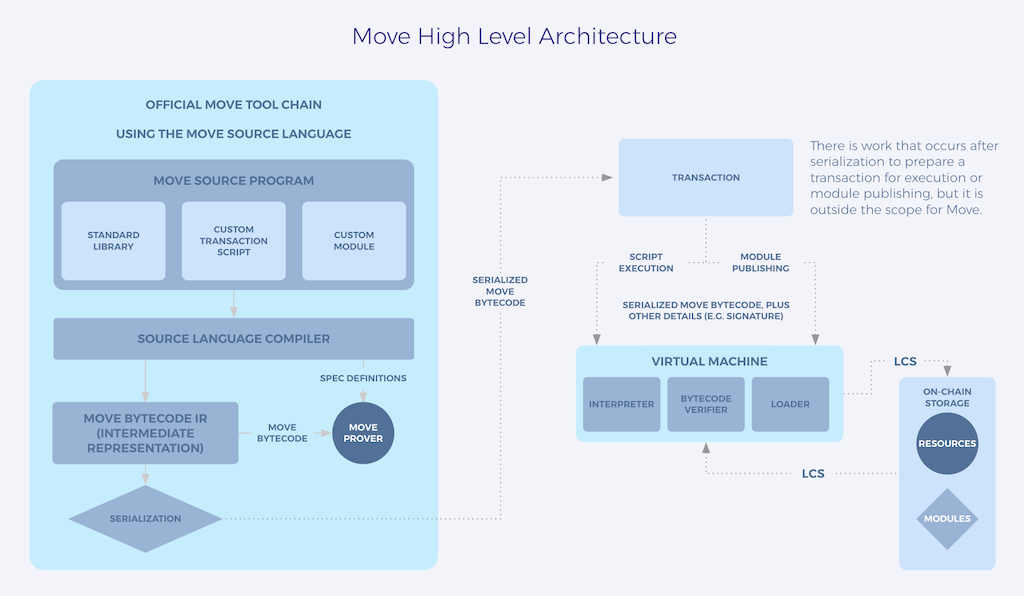Introduction to Move: A Language Designed for Digital Assets
Get to know Move, a language specifically developed for handling digital assets effectively and safely.
What is Move?
Move is a language crafted by the Diem project team at Facebook in 2020. Its design mimics some principles from Rust, with a focus on enhancing the management of digital assets types on Blockchain technologies. With Move, the traditional security risks and inefficiencies associated with earlier languages are mitigated.

Characteristics of Move
Here are some key features that make Move a standout language:
- Resources Concept: Move emphasizes a resources paradigm where digital assets are seen as distinct items that can't be copied or misplaced.
- Move Prover: This is an in-built validation tool in Move. Its responsibility is to ensure that programs align with the rules declared and are free from errors. This boosts its security.
- BCS Bytecode Compilation: Programs written in Move are compiled into Binary Canonical Serialization (BCS) bytecode, a format that's both secure and efficient for different Blockchain applications.
- Flexibility and Scalability: Move supports a range of applications from simple transactions to complex financial commitments. It also allows developers to build reusable modules.
- Open Source: Move is open-source and governed by the community. This allows for adjustments and evolution to meet the changing trends in digital finance.
Conclusion
Move provides a solid framework for managing digital assets efficiently and securely. Its innovative characteristics and community-driven growth ensure that Move stays relevant in digital finance.
References
- The Language of Money, Part One: What Motivated the Creation of Move? Diem Blog: https://www.diem.com/en-us/blog/why-build-move/